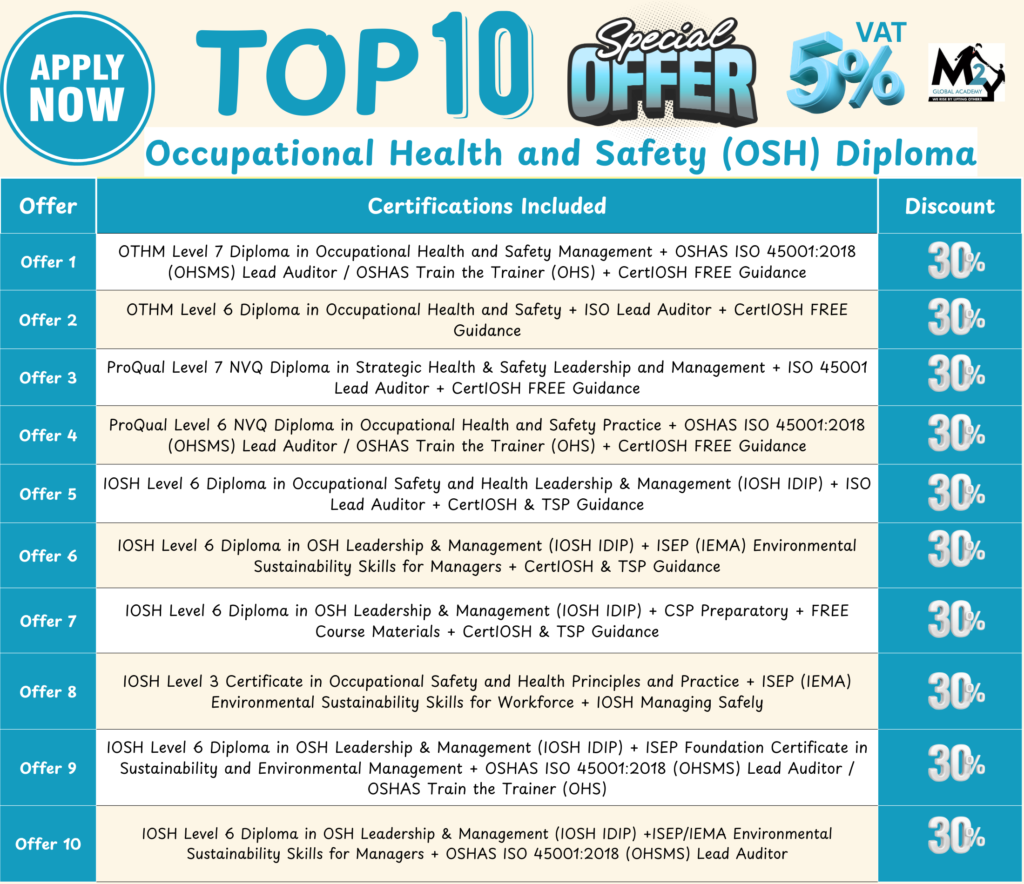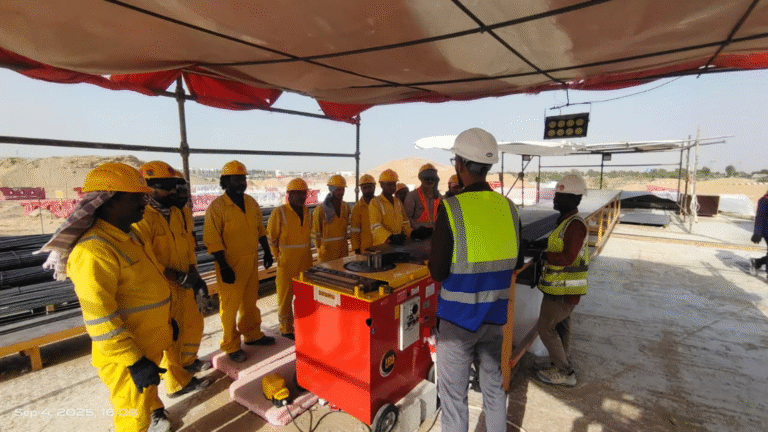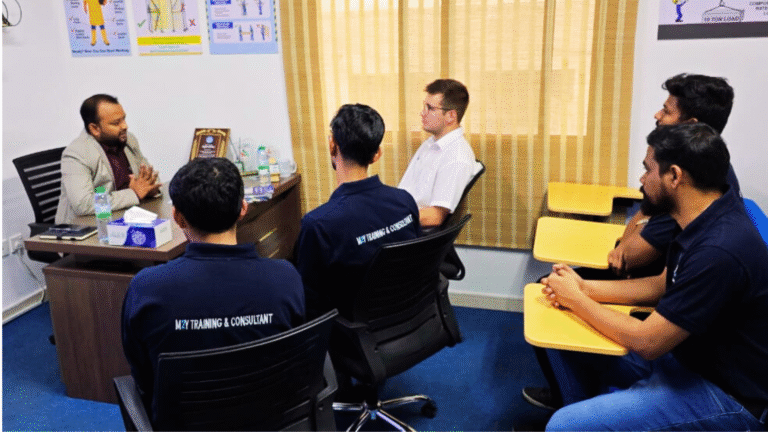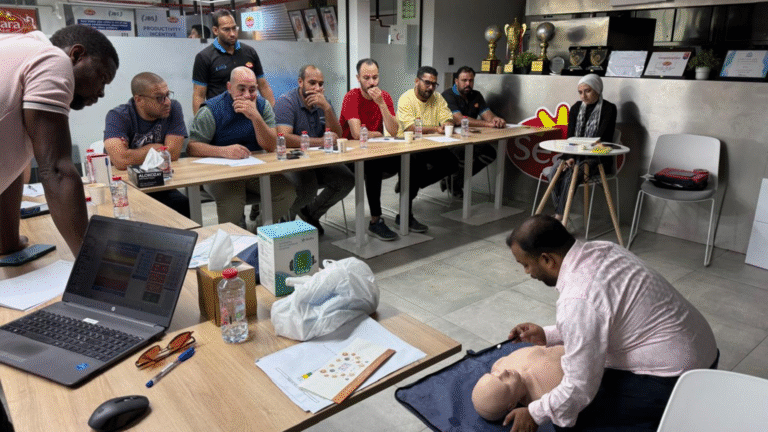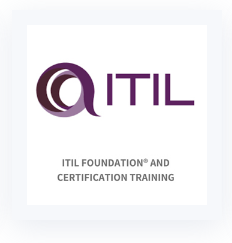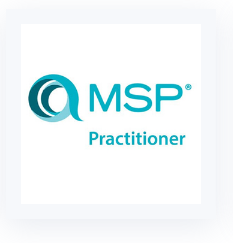HSE Plans
Creating a Comprehensive HSE Plan: Key Steps and Examples
In today’s workplace, ensuring the health, safety, and environment (HSE) standards are met is critical to both employees’ well-being and organizational success. Whether you’re creating HSE plans, developing workplace safety procedures, or refining your health and safety policies, having a solid strategy in place is essential. This article will guide you through the process of building an effective HSE plan while exploring examples and procedures for maintaining a safe workplace.
What is an HSE Plan?
An HSE plan outlines the health, safety, and environmental policies and procedures of an organization, ensuring that the workplace meets all legal and regulatory requirements. This document serves as a blueprint for managing safety hazards and promoting environmental sustainability.
The Importance of Health and Safety Plans
Every business must prioritize the development of health and safety plans to prevent workplace accidents, illnesses, and environmental hazards. A well-structured health and safety plan mitigates risks, boosts employee morale, and ensures compliance with local legislation.

Workplace Safety Procedures: A Necessity for Every Organization
Workplace safety procedures are integral to any HSE plan, providing employees with guidelines on how to handle potential hazards. By implementing strong safety procedures, organizations can reduce workplace injuries and enhance overall productivity.
WHS Policies and Procedures: An Australian Perspective
In Australia, Work Health and Safety (WHS) policies and procedures are legally mandated to ensure a safe working environment. These guidelines include hazard identification, risk assessment, and strategies to minimize workplace hazards. Companies are required to develop a WHS management plan to ensure safety standards are consistently upheld.
Health and Safety Policy Example: What Should It Include?
A health and safety policy example should contain the following key elements:
- Commitment to Safety: A statement reflecting the organization’s dedication to creating a safe working environment.
- Responsibilities: Clearly outline the responsibilities of management, employees, and contractors.
- Procedures: A detailed description of the health and safety procedures.
- Training: Information about safety training sessions for employees.
- Monitoring: A process for reviewing and updating the safety policy regularly.
Implementing Health and Safety Procedures
Developing and implementing health and safety procedures involves several critical steps:
- Hazard Identification: Identify potential risks within the workplace.
- Risk Assessment: Evaluate the likelihood and impact of each risk.
- Control Measures: Develop strategies to minimize or eliminate risks.
- Communication: Ensure all employees understand the safety procedures.
- Monitoring and Review: Continuously monitor and improve safety measures.
The Role of a Health and Safety Management Plan
A health and safety management plan is essential for coordinating all aspects of workplace safety. It should cover all areas of risk, outline preventive measures, and define the process for responding to emergencies.
OHS Procedures: Protecting Occupational Health
Occupational Health and Safety (OHS) procedures focus on maintaining the well-being of employees. These OHS procedures should encompass hazard reporting, personal protective equipment (PPE) requirements, and emergency response strategies.
Occupational Health and Safety Procedures: Legal Obligations
Organizations must follow occupational health and safety procedures to ensure they meet legal standards. These procedures include hazard identification, risk management, and employee training on safety practices.
Conclusion
In conclusion, whether you are developing an HSE plan, refining your workplace safety procedures, or ensuring compliance with WHS policies, it’s essential to have a structured and effective approach. Regularly updating these plans and procedures not only ensures compliance but also helps create a safer working environment for everyone involved.
By adhering to these guidelines and integrating comprehensive safety procedures, organizations can protect both their employees and their reputation.







